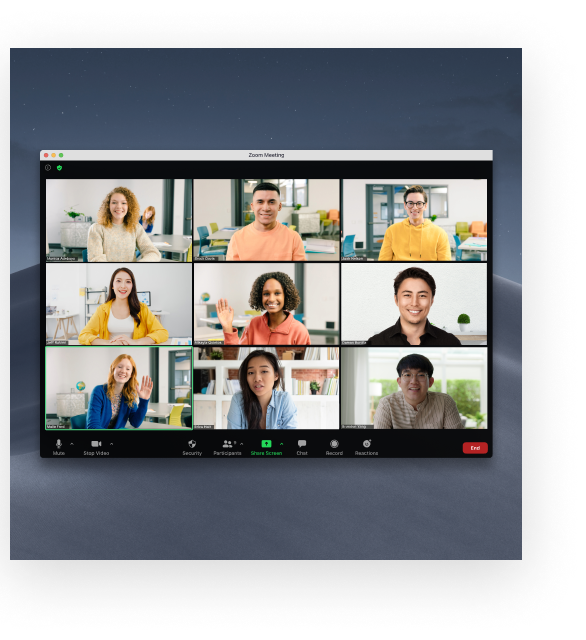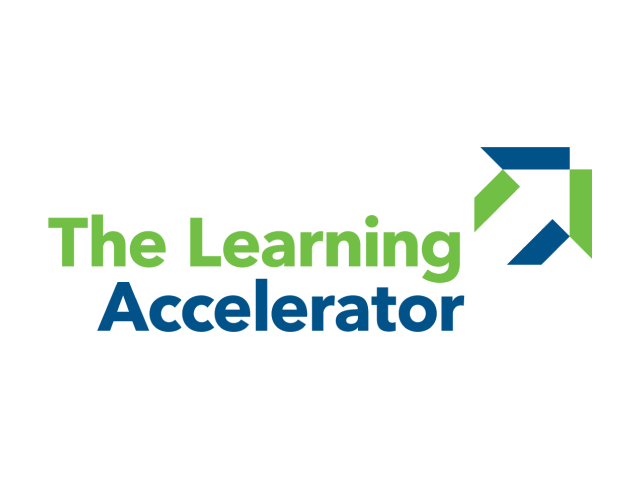This strategy allows students to do a remote presentation together and also lets other students focus on the students presenting without being distracted by other students in the class.
Panel Presentation
APPROXIMATE TIMING: 10-60 MINUTES

Key drivers around effective learning:



Developed with The Learning Accelerator
